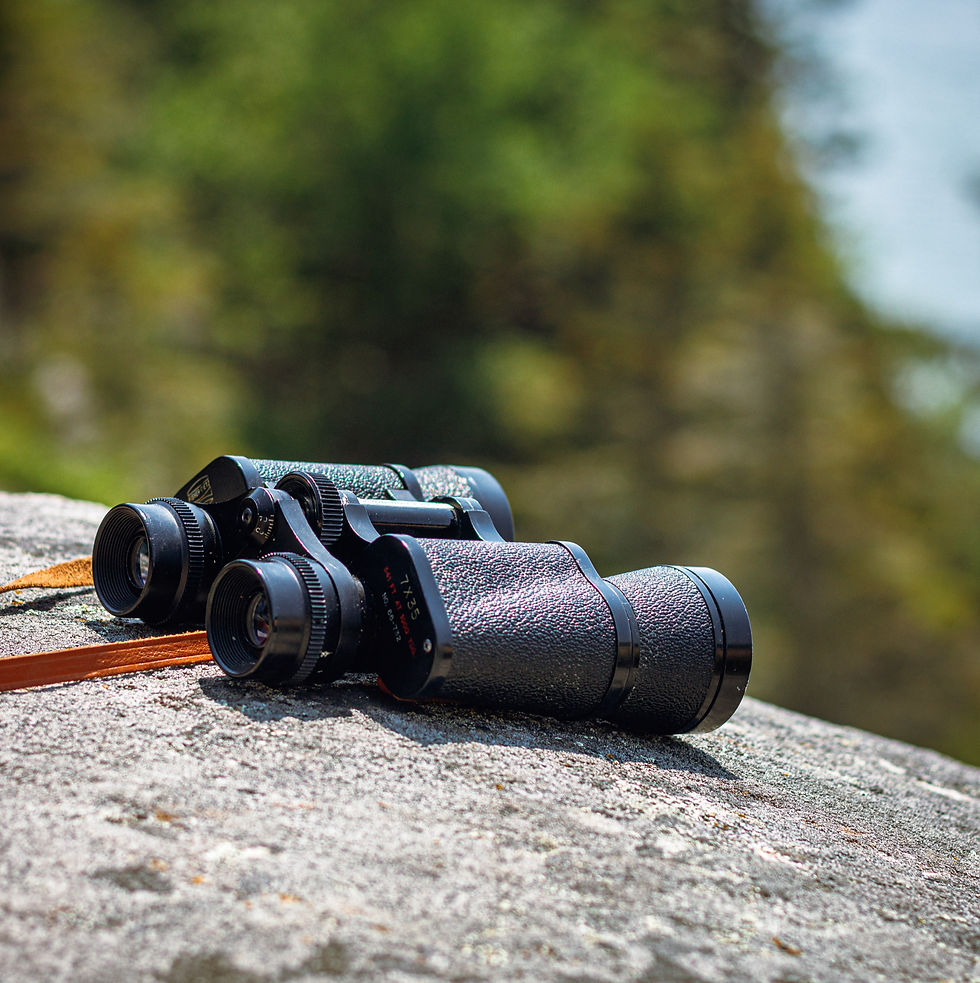The Sonorous Starlings of Stroud Green
- Paul Goriup
- Jul 2, 2023
- 2 min read
Updated: Sep 1, 2023

About two years ago our office moved from Kingfisher Court on Hambridge Road to Votec House on Hambridge Lane – a less birdy name but much closer to Lower Farm and Thatcham moor. The move meant that my walking route changed to skirt Stroud Green along Racecourse Road. I soon noticed that the line of poplar trees along the north side of the Green are a regular gathering place for starlings in the morning and late afternoon – especially now in spring and again in the autumn. More surprising for me was that these birds frequently called out with, for a starling, a surprisingly musical, piping or flute-like “wheep” note recalling a chaffinch. When one bird gave it, others joined in so the note resonated along the tree line. The birds at Stroud do use the distinctive ascending whistle and do employ a lot of off-beat mimicry, but this note is quite different and the only one that is repeated by the flock as a chorus. Indeed, it took me some time to realise it was actually the starlings calling when I first heard them – I was initially looking for an escaped tropical cagebird!
In my several decades of birding, I have never heard starlings use this note individually never mind in unison, and nor have I heard it in the recordings I have listened to since. There are many articles about mimicry in birds like starlings, and even the close similarity of calls among different animals (for example the 1984 article by J. F. Burton and E. D. H. Johnson: Insect, amphibian or bird? in British Birds 77, pp 87-104). The Stroud starlings have presumably adopted this note as a kind of group contact call, perhaps actually picked up and amplified from a chaffinch. However mysteriously acquired, it now seems to be conserved as part of the local repertoire. It’s well worth a short visit to the Green to hear them (and enjoy the red kites flying low overhead).



